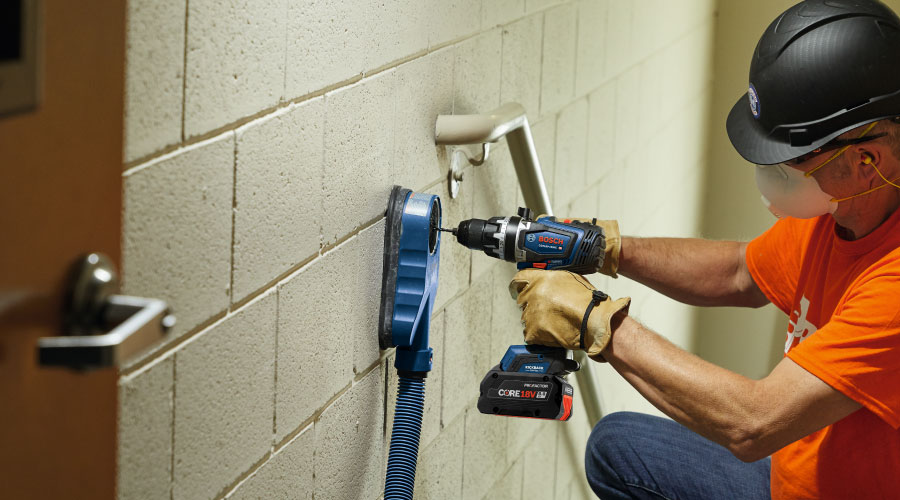Virtual Desktop Infrastructure and Near-Field Communication Offer Advantages For Facility Managers
Two other IT trends can offer advantages for facility managers: virtual desktop infrastructure (VDI) and near-field communication (NFC).
Virtual Desktop Infrastructure
The types of devices that are being used for personal computing are changing dramatically in the workplace. Traditionally, a desktop computer or laptop computer has been located at each workstation, drawing 100 to 150 watts. But a shift towards virtual desktop infrastructure (VDI) allows organizations to greatly reduce the power and cooling required at the workstation by deploying "thin clients" — virtual desktops hosted in a centralized server room — that draw between five and 15 watts.
Using virtual desktops, VDI creates a very flexible computing infrastructure that can instantaneously expand or contract computing and memory resources as needed for individual tasks. Since the computing infrastructure is centralized, it allows for centralized management by IT personnel.
One advantage for facility managers is a reduced need for cooling and power at the workstation. What's more, less workspace is required at the workstation.
Near-Field Communication Emerging For Security
A technology for facility managers to monitor is the ability to use near-field communication for security-access control credentials. A form of contact-less communication between devices like smartphones or tablets, near-field communication allows users to just wave a smartphone over a compatible device to send information without having to go through multiple steps setting up a connection.
This can be especially useful for facility managers who are responsible for security. No longer will there be a need to purchase cards to gain access to the workspace. Instead, employees will be able to utilize the near-field communication feature on their phones with an app to gain access. Credentialing is controlled by security personnel or the facility manager via the application, and guests can be enrolled with credentials effortlessly through the system. Employees are less likely to leave their cellphones at home or in the car, or to lose it, than they are to mislay their current cards.
As technology continues to evolve and change the corporate workplace, facility managers must stay connected to current trends and advances. One of the most important resources to leverage exists within your own organization. Developing a working relationship with your IT administrator, senior IT executive, or chief technology officer will allow you to gain valuable insight into the technology your company is currently deploying or is planning to deploy.
Plenty of resources are available outside the organization as well. Attending seminars, webcasts, and networking events and partnering with a local IT consultant can provide insight into emerging technology trends that could ultimately have a significant impact on the facility.
Zackery House, ITIL, RCDD, OSP, RTPM, is senior vice president, technology, Environmental Systems Design.
Trading Firm Deploys Virtual Desktop Infrastructure
Looking for ways to reduce its total cost of ownership, one Midwest trading firm commissioned an analysis of its annual power and cooling costs, including operations and maintenance for a new build-to-suit facility. The study of the facility's HVAC infrastructure and annual power and cooling costs looked at space, power, and cooling requirements for the firm's 300-employee, two-story trading floor, taking into account energy distribution and IT infrastructure.
The result was the installation of VDI (virtual desktop infrastructure) instead of the traditional PC desktop solution, which was estimated to save more than $1 million in installation costs, with savings also expected in annual power and cooling costs. VDI also saved space in otherwise crowded, heat-generating trader's desktops, which include as many as six monitors, five towers, a keyboard, and a mouse. Instead of having the five large towers/processors at each trader's desk, a "thin client" is now employed to store the trader's power and files, reducing the overall desktop size, while still maintaining the necessary reliability.
— Zackery House |
Related Topics:












